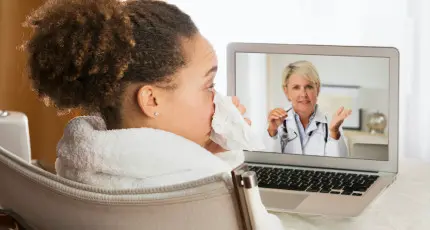For more than two decades, virtual care has slowly made inroads into American medicine.
A somewhat nebulous and overwhelming term, “virtual care”
refers to
the integration of products like telehealth, remote patient monitoring, prescription delivery and even behavioral coaching into the fabric of medical practice. And while some early entrants, like Doctor on Demand
in the primary care telehealth space and Mercy Virtual
for remote-monitoring programs, have achieved some traction, the space has suffered from
a lack of consumer scale, challenges with government regulation and significant technological and usability barriers.
This is not for lack of promise or even early results. The
University of Pennsylvania
was able to reduce its 30-day readmissions rate for heart failure patients by 73% using aggressive virtual care methodologies like telehealth and remote monitoring.
And yet, over the past month, the rapid spread of COVID-19 changed everything.
The global pandemic has
jolted American medicine
into making groundbreaking changes
. Changes that may forever alter the path of virtual care and provide key insights and lessons for entrepreneurs looking to seize this moment.
Chief amongst these are leapfrog advances in sensor technology allowing a “consumer-grade” user experience at scale. Historically, medical-grade sensor technology has resulted in a lackluster and poor user experience that requires significant patient compliance. Now, many sensors can be deployed “in the background” and require few patient lifestyle changes. Numerous players are now advancing on this development and providing other entrepreneurs with a guidebook forward.
 简体中文
简体中文

